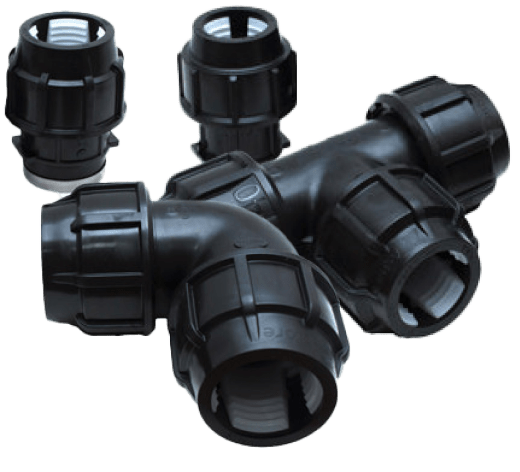
The focus keyword here is “leak-free plastic pipe joints“. From the opening, we immediately address how to create reliable, leak-free plastic pipe joints to prevent water damage and reduce maintenance costs.
Why Joint Quality Matters
Leaks in joints can lead to water damage, costly repairs, and health risks. To prevent this, we’ll cover:
- Common leak causes
- Best materials and tools
- Advanced joint techniques like heat fusion and electrofusion
Causes of Leaks in Plastic Pipe Joints
Below are the 4 main reasons joint failures happen:
1. Poor Joint Preparation
Dirt, moisture, or burrs reduce adhesion. Clean and smooth surfaces help ensure leak-free plastic pipe joints.
2. Wrong Joint Type
Use the correct method—solvent, compression, heat or electrofusion—for materials like PVC, CPVC, or PE.
3. Installation Mistakes
Too little solvent, overtightening, misalignment, or poor support all dramatically affect joint quality.
4. Material Degradation
UV, chemicals, and temperature fluctuations can age plastic and compromise joints if untreated.
Steps for Leak‑Free Pipe Joints
- Material Selection: Use high-quality, certified pipes and fittings
- Preparation: Clean, dry, and deburr surfaces thoroughly
- Jointing Techniques: Follow manufacturer’s instructions for solvent, compression, or fusion methods
- Inspection: Check alignment, gaps, and seal integrity
Advanced Jointing Techniques
Heat Fusion
Use heating plates or sockets to melt and weld pipe ends. This creates monolithic joints—ideal for high-pressure systems.
Electrofusion
Use special fittings with built-in heating coils. Excellent for underground or specialist industrial setups.
Troubleshooting & Repair
Locating Leaks
Try visual inspections, pressure testing, or acoustic leak detection tools to find hidden leaks.
Repair Solutions
Minor leaks can be fixed with clamps or sealants. Replace entire sections when leaks persist or damage is severe.
Quick Checklist
- Select certified pipes & fittings
- Clean, dry, and smooth surfaces
- Use the right joint technique
- Follow all instructions and allow adequate curing
- Test and inspect thoroughly post-installation
FAQ
- What is the best method for leak-free pipe joints?
- Heat fusion creates nearly monolithic joints with the same strength as the pipe itself.
- How often should I inspect pipe joints?
- Check visually at least twice per year; use pressure tests annually.
- Can I fix leaks without replacing pipes?
- Yes-small leaks can often be sealed with clamps or epoxy. Larger issues may require section replacement.
Conclusion
By focusing on leak-free plastic pipe joints, Scandinavian installers can ensure durable, reliable systems for homes, commercial buildings, and large infrastructure. Combine the right materials with precise techniques, inspection, and timely repairs and your piping system will serve without issues for years.


